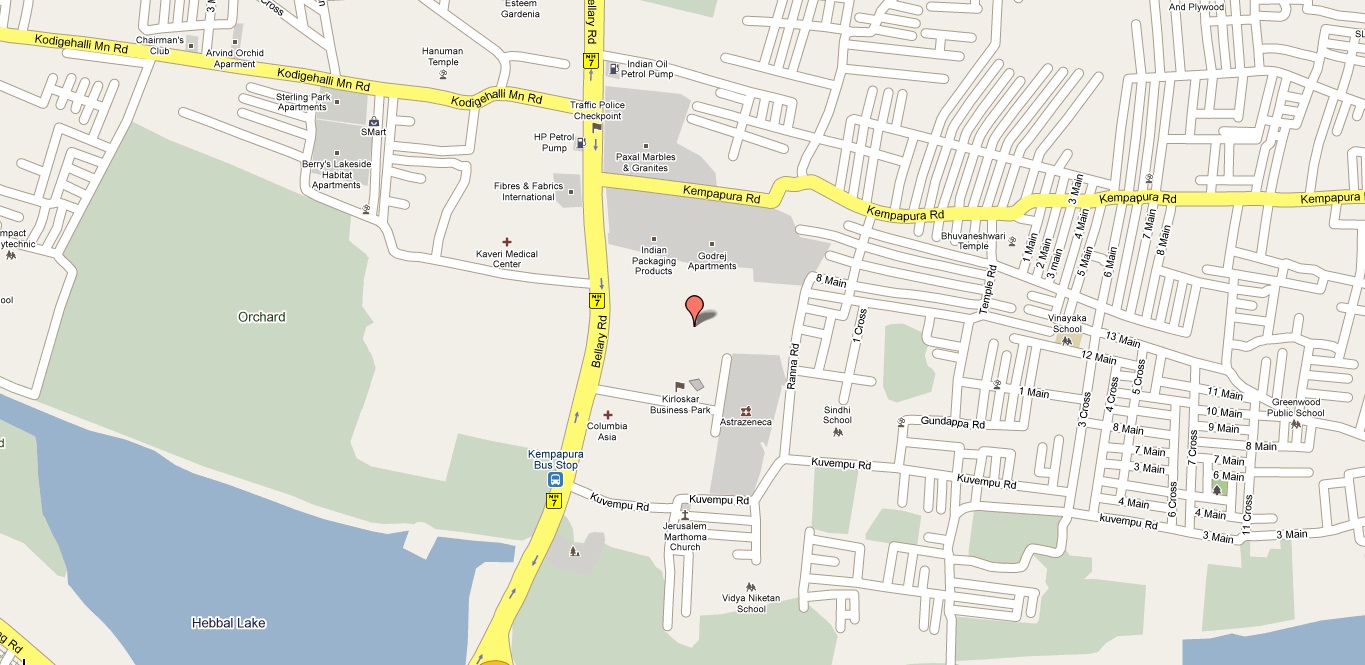
the DOONGARWADI
Full Name : Parsee Tower of Silence
Bellary
Bangalore
India
Telephone No. : +91(80) 22867488
Telephone No. : +91(80) 22864535
E-mail : Trustees@bpza.org
Landmark : Adjacent to MRO TEC, Kirloskar, and Colombia Asia Hospital on the South
and Adjacent to Godrej Properties on
the North

Establishing the
Bangalore is known for its salubrious climate. This
attracted more Parsees to come and settle here.
The total number at the beginning of the 20th Century was
about one or two dozen, which steadily rose to 125 by the time the Agiary was
built in 1924. In 1937, the population
rose to over 300.
Several immigrants were hesitant to stay on in
Soon thereafter the Anjuman formed and appointed the Dokhma Committee,
consisting of Seth Dinshaw Cawasji, President;
Dr. T. P. Kapadia, Hon. Treasurer; and my father was appointed as the Hon.
Secretary and Mr. N. Pestonji; Mr. N. D. Manekji; Mr. Ruttonshaw Furdunji and
Mr. Nusserwanji N. Boyce were appointed as Committee Members. It was this
committee that set up the Dokhma Fund, which started with an initial
contribution of Rs. 5,000/- from Sir. Hormusji. Adenwalla.
Some Parsees, who were against Dokhmenashini, formed a
Party by the name of “Anti-Dokhma Committee” with Mr. R. H. Irani as
Chairman. There were serious arguments
between the two groups. The Anti-Dokhma
adherents tried their best not to get donations to erect the Dokhma. Despite this controversy, the committee for
the Dokhma Fund had successfully collected Rs. 80,000/- in a year and a
half. The Dokhma Committee then thought
of purchasing a big plot of land suitable for construction of a Dokhma with a
‘Bangli’, ‘Sagdi’, ‘Koowo’ (well), etc.
The Committee found three or four suitable sites and even paid the
earnest money, but these options did not work out. At last they found a vacant plot of land
where the Dokhma exists today.
In those days the city of
Next, the Government of Mysore was approached for
permission to construct the Dokhma. At
that time, Sir Mirza Ismail was the Dewan of Mysore. The Government was mostly run by the Dewan
and three other officials who were the First, Second and Third Members. The Dokhma Committee, with the help of
In this memorandum, the committee did not hide
anything but openly mentioned that whenever the Parsee population of a place
increased they built a Dokhma for the disposal of their dead according to their
scriptures. The Zoroastrian religion was
founded millennia ago and the main principles of the religion are purity and
righteousness. This religion considers
fire, earth, and water as the prime elements of nature that need to be kept
pure and undefiled. After explaining all
this, the memorandum was submitted to the Dewan. The Dewan was very happy to meet our
community members and assured his full support to them.
By mid-January the Dokhma Committee received a letter
from the Government dated 10th January 1939 sanctioning permission
to erect the Dokhma on the proposed land with only one condition that the
Dokhma should be built 75 feet away from the center of the road. Necessary instructions were sent to the
Amildar.
In the Anti-Dokhma committee there were a few Parsee
members who had good relations with the Government. They were under the impression that the
Government would not give permission for the Dokhma. When they came to know that the Government
had sanctioned the project without any conditions attached, they approached the
Government with a request that as their relatives were buried in the cemetery
they should be allowed to use the burial ground. The Dokhma Committee received one more letter
dated 6th February 1939 informing the Dokhma Committee that –
“Permission now accorded does not prevent the use of the burial ground for
further burial”. The Dokhma Committee
had nothing to do with the second letter, as the Committee’s business was to
erect the Dokhma.
The Dokhma Committee fixed 10th March 1939
to start the construction work on the Dokhma with a “Kodali Marvani
Kriya”. Kodali Marvani Kriya represents
the marking of the land where the Dokhma is to be built. The photograph below is enclosed showing
almost all the members of the Anjuman taking part in the Jashan and Baj
ceremonies.
The Dokhma Committee with the help of the Trustees
fixed 9th April 1939 for “Tano Purvani Kriya”. For the Parsee community this occasion is a
very rare event. The Anjuman therefore
announced the date for this ceremony in the Bombay Parsee papers. All the
community members were informed so that those eager to watch this ceremony
could arrive. About a thousand Parsee
Zoroastrians gathered in
For the Tana ceremony big bundles of raw cotton thread
are required. Seth P. N. Mehta supplied
this from his mill (Sri Ram Mills). He
was also the founder of the Nasik Boy’s
In addition 301 iron nails were required for the Tana
ceremony. These were ordered from the
Empress Iron and Brass Works and had to conform to certain specifications and
weight. The centre nail was to be made
having a weight of one ‘maund’. The
other four corner nails were of quarter maund each with holes. All these iron nails and the iron gates of
the
The Tana ceremony took nearly three hours. This was followed by a Jashan ceremony
performed by Sirdar Dasturji Norshirwan Kekobad of the
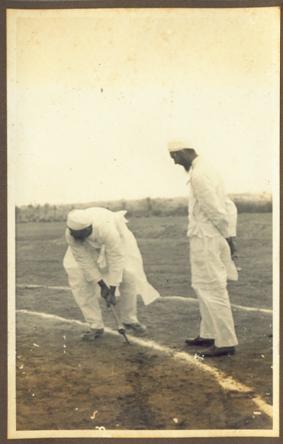
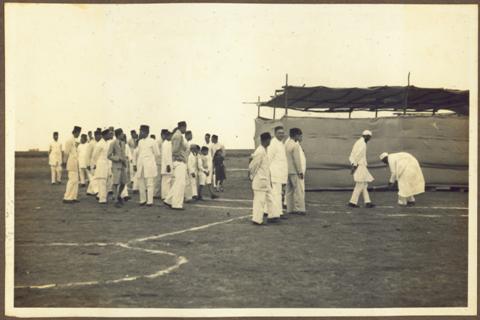
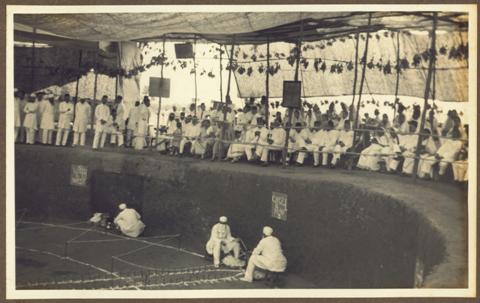

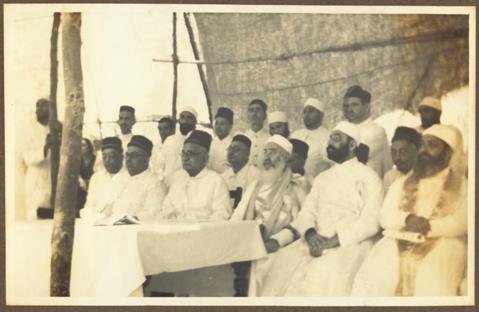
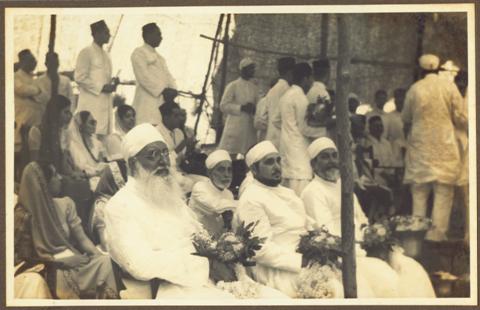
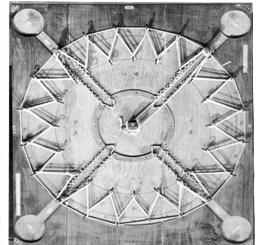
Four days after the Tana ceremony there was torrential rain in
After the Tana ceremony, the Dokhma committee wanted to start
construction work. First they took the
help of Mr. Kersasp B. Tarapore of M/s Taraporewalla & Co., Architects, who
drew the plans for the main Dokhma, Anushe Rawan Bangli, Sagdi, etc. Mr.
Kersasp Taraporewalla suggested the name of Mr. Nadershah Dorabji Guzdar as the
one who should be entrusted with the construction work. Mr. Guzdar had given his services for the
Andheri Dokhma in
This Hebbal land, which was purchased in 1938, was in a remote area
about 9 km from the General Post Office.
There was no habitation in the vicinity and Mr. Guzdar was very
courageous to stay in such a place with his family.
The construction work of the Dokhma and other properties started
immediately after the Tana ceremony. At
that time, (in 1938) there was no public transport in
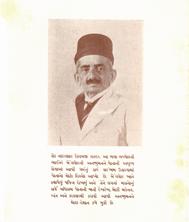
Here, I would like to inform the present generation as well as future
generations that, at that time, the price of petrol was 12 Annas per gallon ―
not litre. After completion of
construction work, the car was used rather infrequently. If the Anjuman had to keep and maintain it
for Anjuman work, it would prove very expensive. Therefore, the car was sold for Rs.
150/-. In those days, trucks, or public
carriers were not available. We depended
on bullock carts to carry cement and other materials. The price of a bag of cement was Rs. 2.50 and
for our solid construction cement was required in tons. It was transported by
bullock cart, 20 bags at a time at Rs. 20/- per cart-load, requiring
considerable effort. Cement wagons were
unloaded at the Yelahanka Station, being closer to Hebbal and the Dokhma than
the Cantonment Station.
For the Dokhma Pavis and walls we wanted to use good unpolished granite. The local granite was not of good quality so
granite stones were purchased and brought from Doddaballapur. For the Pavi granite slabs of six-foot length
were used and for the wall, granite of 1½ inches by 1½ feet. Today, the Bangalore Dokhma is considered to
be strong and well built.
The Dokhma Committee was very cautious in spending money and all
construction had to be completed within the amount collected for the
purpose. After completing the
construction, some members of the committee felt the need for a compound wall
all around this land of 14 ½ acres. Mr.
Guzdar suggested that a nearby quarry was available. So we hired the quarry for
Rs.125/- and with the help of Dynamite, we got sufficient stones, which were
brought to the compound in bullock carts.
The whole compound wall around the nearly 15 acre site is 5 foot in
height and cost Rs.15,000/-. Labour at
that time was Rs.1/- per day and 150 to 200 labourers were employed to expedite
the work.
The entire construction was completed but the donation drive
continued. The Committee was able to
save Rs. 26,000/-, which was then handed over to the Bangalore Parsee
Zoroastrian Anjuman after a proper audit of the accounts.
To lay to rest the controversies with the Anti-Dokhma Committee the
audit work was given to Mr. P.A. D’Vitre, a Parsee Bank Manager, who had slight
leanings towards the Anti-Dokhma Committee.
Mind you readers, this gentleman took 15 months to complete the audit
work keenly assessing the records for any signs of misappropriation. I am happy to say that the auditor was not
able to find any fault either in the accounts or in the rates. But in his
remarks he stated that some of the vouchers were without revenue stamps. We found that those were not purchase
vouchers but, as mentioned above, they were amounts paid to the 150 to 200
daily labourers who were working on the compound wall. Their total wages per
week came to Rs. 200/-. To clear his
doubts, we sent all those labourers vouchers to the contractor, Mr. Guzdar to
sign after affixing 20 paise stamps.
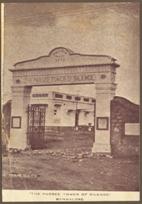
The time had come to consecrate the Dokhma and declare
it open for people to see from inside.
The 23rd of March 1940 was the day fixed for this great
event. Again, two Yozdathregar Mobeds, Mobed Behramji Unvalla and Mobed
Nosherwan Unvalla were brought by car with Alat and Bareshnoom, a week in
advance. They started the consecration ceremony from Roj Meher Mah Meher daily
performing one Yazashne and one Vendidad. On Behram Roj, Sirdar Dasturji Norsherwan
of Pune and 9 Mobeds performed a public Jashan.
After the Jashan, a big function was held on the spot. A big shamiana was put up to accommodate
nearly 1000 guests from all over the country. Two Dasturjis from the Udvada
clan and two High Priests from Pune graced this function. During the function, Dasturji Norsherwan of
Pune spoke about the system of Dokhmenashini. It is a rare event indeed to see
and an unusual opportunity in a man’s life the construction of the Dokhma, the
four channels and all the arrangements inside.
It is a custom that on completion of the construction people throw cash
or jewellery in the bhandar as a
donation. During the ‘Tana’ ceremony and
on completion of the construction at the Jashan Ceremony, an amount of over Rs.
5,000 was collected, which was duly credited to the Dokhma Fund.
On the day of the
Jashan, many Parsee dignitaries, Dasturjis and several Mobeds had come. They
were gifted with shawls and honoured with gifts. Three silver caskets were ordered from Kotwal
& Co. of Bombay and the caskets were presented to
(i) The proprietors of Jame Jamshed ― Mr. Adi. P.
Murzban and Mr. Rustom P. Murzban,
(ii) Panthaki
Ervad Pestonji Unvalla
(iii) Mr. N.
D. Guzdar, the contractor (as a token of appreciation for completing the
erection work of the Dokhma along with other appertaining buildings namely: the
Bangli, Sagdi, rooms for the Parsee caretakers, bathrooms, compound wall and
strong iron gates).
Here it
will not be out of place to mention that during the construction, the Dewan
Saheb of Mysore Sir Mirza M. Ismail, who was casually going around the city,
early morning on horseback, twice visited the
On 24th May 1940, a 25-year-old student of
the Indian Institute of Science named Noshir Doctor, hailing from Bharuch,
tragically, expired in a motorcycle accident.
He became the first person whose body was consigned to the Dokhma.
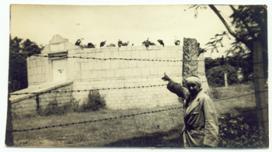
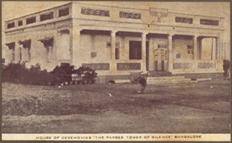
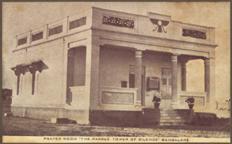
[ Tower of
The Bangalore Parsee Zoroastrian Anjuman aquired a plot of land
measuring about 14.5 acres purchased in the year 1938 at a price of Rs. 6000/-.
At that time it was way beyond city municipal limits and our